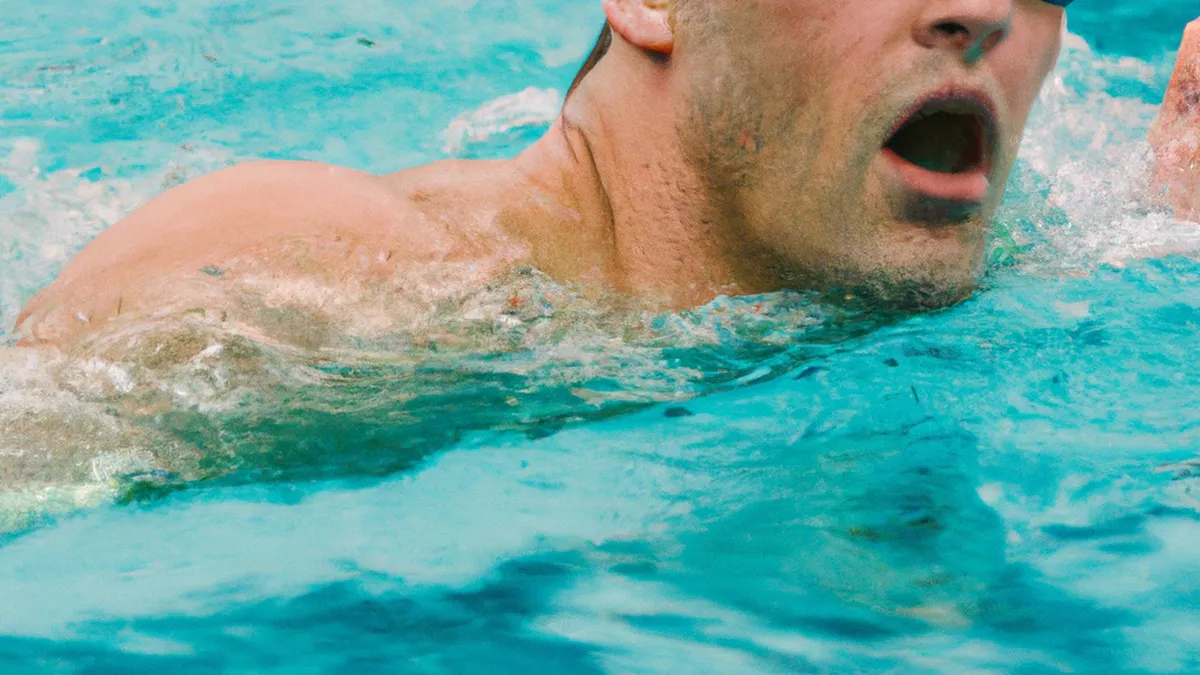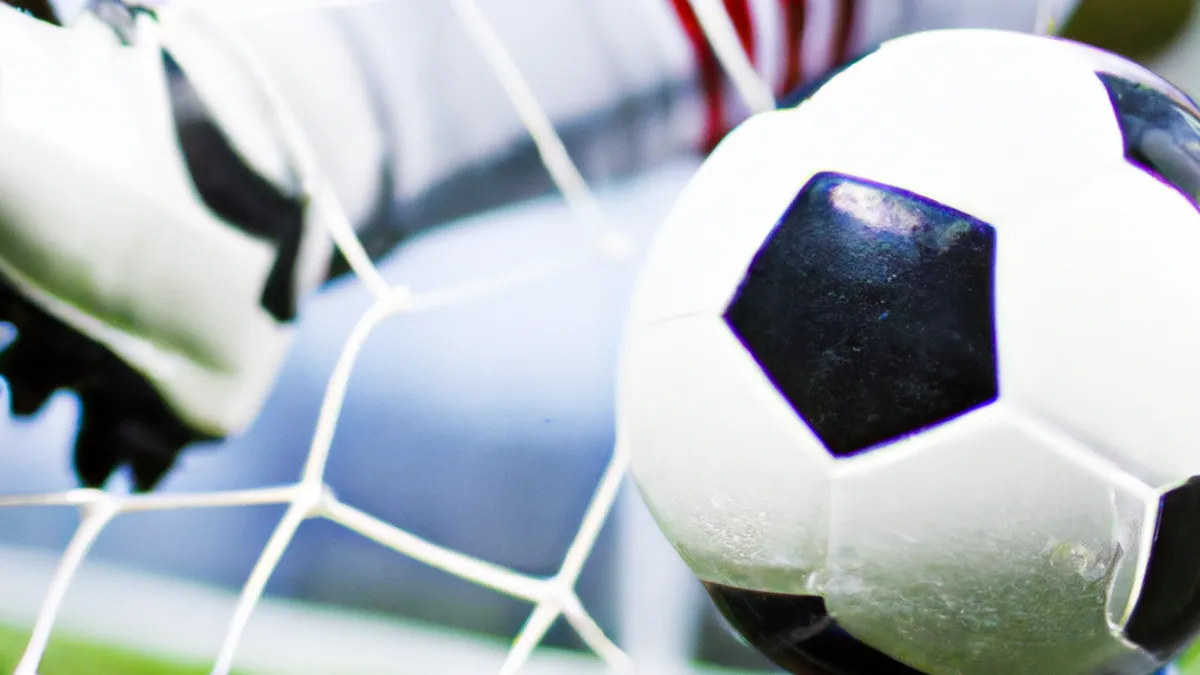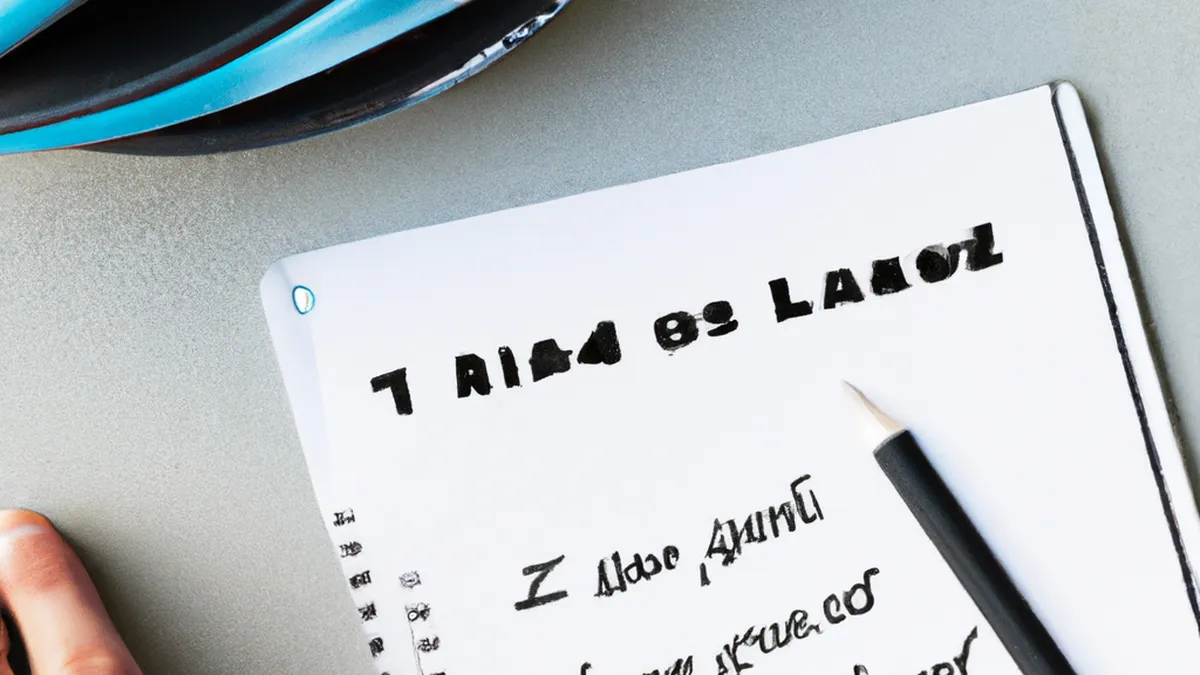Harness Energy: Smart Pacing Techniques
Race Strategy: Pacing Yourself in Competitive Swimming
As an Amazon Associate I earn from qualifying purchases.
Gear tip: consider Smart, energy gels and heart rate strap to support this workout.
Competitive swimming demands more than speed. It requires a solid race strategy, especially regarding pacing. Proper pacing can significantly impact your performance. Understanding pacing helps you finish strong and achieve your best times.
Understanding Pacing in Swimming
Pacing means distributing your energy evenly throughout the race. Swimmers often struggle with pacing during high-stakes competitions. You might feel tempted to sprint at the start, but that can lead to burnout. Instead, approach your race with a clear plan.
The Importance of a Strong Start
A strong start sets the race’s tone. However, avoid overexerting yourself. For example, in a 200-meter freestyle, sprinting the first 50 meters may leave you gasping for air. Instead, focus on a powerful yet controlled start. Establish your rhythm early and let your body adapt as the race progresses.
Finding Your Optimal Pace
Every swimmer has a unique optimal pace. This pace allows you to maintain speed without exhausting yourself. Practice during training sessions to find this pace. Time yourself over various distances and note comfort levels. This process will help you gauge your pace for different events.
Tips for Effective Pacing
Effective pacing involves several strategies. Use these tips in training to improve race performance.
1. Use Your Training to Set Baseline Times
Record your times for different distances during practice. This data serves as a baseline for your pacing strategy. It helps you understand how fast you can swim efficiently. Use these times to create pacing targets for races.
2. Break Down the Race
Visualize your race in segments. For instance, in a 400-meter event, divide it into four 100-meter parts. This approach lets you focus on smaller goals. Tackle each segment with a specific pacing strategy in mind. This method keeps you mentally engaged and helps manage your energy.
3. Incorporate Negative Splits
Negative splits involve swimming the second half of the race faster than the first. This strategy works well in longer events. Start strong but pace yourself initially. Gradually increase your speed as you progress. This technique helps you finish with a strong kick and leave a lasting impression.
Advice for Race Day
On race day, anxiety is common. Prepare to mitigate this. Here are some strategies to stay calm and focused.
1. Warm-Up Properly
A good warm-up is essential. Swim at a relaxed pace, gradually increasing intensity. This process prepares your body and mind for the challenge. A proper warm-up also helps identify your optimal pace for the day.
2. Focus on Your Breathing
During the race, pay attention to your breathing. Controlled breathing helps manage your heart rate and keeps you calm. If you feel anxious, take deep breaths. Inhale through your mouth and exhale underwater.
3. Stay Mentally Strong
Mental resilience is key in competitive swimming. Visualize your race before stepping onto the block. Imagine executing your pacing strategy flawlessly. Positive self-talk reinforces your confidence. Remind yourself that you are prepared and capable.
Benefits of Proper Pacing
Proper pacing offers numerous benefits. First, it enhances overall performance. Swimming at the right pace helps conserve energy for a strong finish. Additionally, effective pacing can improve your technique. When you swim within your limits, you maintain better form throughout the race.
Moreover, pacing boosts your mental game. Mastering pacing builds confidence in your abilities. You learn to trust your training, reducing pre-race anxiety. This mindset can lead to improved performance in future competitions.
Conclusion
Pacing yourself in competitive swimming is crucial for success. Understand your optimal pace, break down the race, and apply effective strategies to enhance performance. On race day, remember to warm up properly and focus on your breathing. With practice and mental resilience, you can master pacing. Embrace these strategies, and watch your swimming improve as you glide towards your goals.
Below are related products based on this post:
FAQ
What is pacing in competitive swimming and why is it important?
Pacing in competitive swimming refers to distributing your energy evenly throughout the race. It is important because proper pacing can significantly impact your performance, allowing you to finish strong and achieve your best times without exhausting yourself too early.
How can I find my optimal pace for different swimming events?
To find your optimal pace, practice during training sessions by timing yourself over various distances and noting your comfort levels. This data will help you gauge a pace that allows you to maintain speed efficiently for different events.
What strategies can I use to improve my pacing on race day?
On race day, you can improve your pacing by warming up properly, focusing on your breathing to stay calm, and mentally preparing by visualizing your race and pacing strategy. Additionally, consider breaking down the race into segments and incorporating negative splits to finish strong.















Post Comment